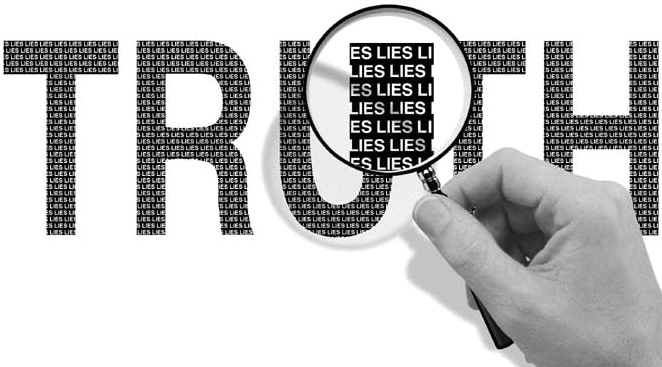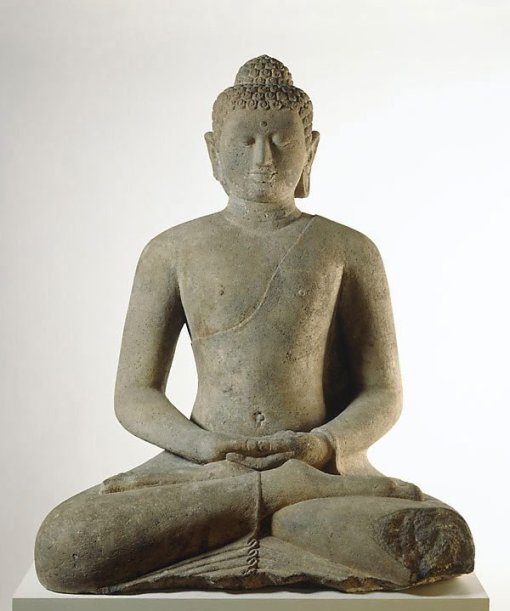Before a trip, you should consider how it’s going to affect your body. Aside from complex and unpredictable psychological or spiritual effects, will it physically* hurt you? Fortunately, the physical effects, at least from the “classic” (seretonergic) psychedelics are usually both predictable and mild. In this article I will begin by laying out how to take care of yourself during a “typical” psychedelic trip, and end with a brief overview of some concerns related to some of the other substances which may have psychedelic uses.

Nausea is the most common source of discomfort during a trip. Some psychedelics are more nauseating than others — 2C-E is usually more nauseating than shrooms which are usually more nauseating than LSD, for example. Generally the nausea starts soon after dosing and goes away within half an hour, although at the time it may feel like it’s going to last all night. To minimise this, make sure not to have eaten much just before dosing! Best-practices are to have a light breakfast and dose 45 minutes later, or to take a mild fast. Keep in mind that if you puke, it might make your trip more intense!
Muscle tension and/or strange sensations in the body are also common, especially during the come-up. A lot of people have a specific place they always feel something weird, but it’s not consistent between people — for me it’s my throat, possibly because of my asthma. Tremors (shaking) and involuntary or semi-voluntary contractions are common as well, and because of this you should never take psychedelics if pregnant. Spontaneous uterine contractions = induced labour = miscarriage. Otherwise, this typically isn’t a problem, although if you’re prone to cramping it’s possible that something may be activated (lockjaw, for example). Interestingly, unlike other causes of tremors or contractions, these tend to become milder over repeated trips, and for that reason Stanislov Grof suggests that they represent not a problem but a therapeutic release of tension (funk not only moves, it can re-move. Dig?).
Appetite/sleep loss are also common. Sleep is usually not possible until you’re completely sober, and you probably won’t be hungry. This is only a problem if you plan poorly! Food and sleep are important, yo — take care of them both before and after. Be sure to check the duration of the drug you’re taking, and, pro-tip: if your “acid” has a strong bitter taste, it’s probably DOI, which lasts far longer than LSD (acid has a mildly bitter taste, but the amount in a normal dose is too small for most people to notice). This is why they say “if it’s bitter, it’s a spitter;” DOI can be a good time, assuming you have nowhere to be this week.

Heart rate/blood pressure changes deserve mention because they contraindicate tripping for anyone with heart problems or dangerous circulation issues, but for most people this simply isn’t an issue. If you didn’t have heart problems going in, you’re not going to develop them because of a trip. It’s vasoconstrictive, but so is, say, a walk in the snow.
Fatigue. Tripping is work. You may have more thoughts in five minutes than you normally have in five hours, all captivating and highly salient. After a whole day of this, expect to be worn out! Most psychedelics don’t leave a “hangover” to speak of, but give yourself lots of time to rest up and think about the experience.
Frequent urination. You may find you need to pee constantly during a trip. Try not to let this distract from introspection! In some cases, the tripper doesn’t actually have a full bladder, but feels the need to pee anyway. If you catch yourself constantly expecting to pee but then nothing actually coming out… just let go! Terrifying as it sounds, accept the possibility of peeing yourself, go into that, follow those thoughts and see where they go. You might even have an epiphany related to your need for control, and emerge a better person for it. Much better than wasting your trip by constantly going back and forth between bathroom and couch!
Literally everything else. LSD has been called a “non-specific amplifier” of latent and manifest psychological contents. Ever heard of psychosomatic conditions? That’s where you have a physical experience of something because of your mental contents. Because of the way psychedelics reveal and amplify things below the surface, literally anything can happen. Limb paralysis, strange rashes… anything. This can be very unsettling, and it may be impossible to parse a bizarre trip-related experience from something unrelated and life threatening. It’s far more common, though, for something pre-existing to become very obvious, or a thought pattern to manifest physically, than for something actually dangerous to be going on. It’s not altogether rare for people to think they’re dying during a trip, and have physical sensations that seem to confirm it. If that’s happening… amazing! Horrible as the experience may be in the moment, accepting it and passing through might be the most profoundly beneficial thing you could possibly experience. No matter how it feels, it’s almost certainly not the case that you’ve actually been poisoned; you can’t overdose on most psychedelics. Whatever you’re feeling, don’t run from it! Usually, as soon as you accept it and go where it’s taking you, it will transform from fear and pain into radiant beauty.

Before a trip, pamper yourself. Eat healthy, get plenty of sleep, do anything that makes you feel your best (massage? Yoga?). Got any physical concerns you’re worried about? Get them checked out; there’s no point obsessing over questions you can’t answer during your trip, when you could have answered them before. You want to come into it feeling your best, with as few worries as possible.
The day of your trip, eat a good, healthy breakfast (some people prefer to fast, and that can be good, but do so carefully). If you’re going to be dosing later in the day, a light meal an hour beforehand might be a good idea. While high you might think more about things like dietary purity than usual, so save yourself a guilty conscience by only eating foods you consider “pure” or “good” beforehand, whether that means vegan, halal/kosher or “all natural.” For the trip itself, have lots of water and some simple, single ingredient foods on hand: rice, bread, fruit (grapefruit, mango, grapes, pineapple), etc. Don’t get too fancy, as normally delicious foods might confuse or repulse. You probably won’t be hungry at all for the first half of the trip, but once you “remember” that you need to eat, having something simple, healthy and high in carbohydrates can make you feel worlds better and provide much needed energy. Several of my respondents have talked about discovering how amazing plain white rice and water truly are!
Getting exercise and/or stretching before, during and after can both help with any muscle tension and make the trip much better, allowing you to move more freely and just generally feel good. Spiritual or energetic exercise practices like yoga and qi gong can be especially rewarding, though you should know that they could be way more intense than you’re used to, which means that you might be able to access certain mental states you aren’t ready for. Proceed with caution and drink plenty of water, but know that exercise while tripping can feel amazing!
Lastly, make sure to get some sleep. It’s important! Drugs like acid last a long time and you need time to rest and recover, so make sure you’ve got plenty of extra time with somewhere comfortable to stay and nothing you need to do immediately after.

Alright, time for a super-brief rundown on some other popular substances sometimes used for tripping and their “side effects” (physiological effects likely to be perceived as negative). This is not meant to be an exhaustive list; Google is your friend, as is the word “contraindications.”
Cannabis: lowers blood pressure; if smoked can cause sore throat and/or coughing in the short term, bronchitis in the long term; “cottonmouth” or other strange feelings in the body (not dangerous); risk of transmitting infections from sharing smoking/vapourising equipment; some are allergic to it. Be sure to have something soothing to drink handy, and be careful what you mix it with — it often makes other drugs much stronger!
MDMA: increased heart rate and blood pressure; muscle tension; teeth grinding; “gutrot” (digestive complaints); sleep loss; appetite loss; hyperthermia (overheating) and the potential for both dehydration and overhydration (can make you want to drink more water than is healthy); difficulty getting an erection; burnout/”sketch” which compound with regular use. Avoid using too much or too often, take 5-HTP and B vitamins to minimise sketch, make sure you drink an appropriate amount of water and have some chewing gum or even a pacifier to prevent teeth grinding.
Ayahuasca: nausea, diarrhea (vomiting very common, referred to as “the purge”); potentially dangerous interaction with other medicines. Following a careful diet is recommended. Have something you can puke into.
Deliriants (datura, belladonna, benedryl, gravol): extreme drowsiness; loss of motor control; overdose may cause paralysis and death. In general, just avoid these; they’re too dangerous and usually neither fun nor beneficial. If you must try them, be very careful of your dosage and be sure to have someone sober watching over you!
Salvia: Sore throat and/or coughing; loss of motor control, possible flailing or erratic movement. Be somewhere comfortable, always have a trip sitter so you don’t climb out a window or something (that kind of thing is rare, but, come on, it lasts 10 minutes; surely a friend can watch you for that long), and make sure there aren’t any knives, glass objects or whatnot nearby on which you could hurt yourself.
Ketamine: nasal or sinus irritation and “drip” if snorted; nausea/vomiting; excessive long term use can cause bladder damage and “k pains” (intense pain in the back/sides; not dangerous). Have something to puke in and some napkins or handkerchiefs handy, make sure to do it in a safe/comfortable place where it won’t freak people out if you k-hole, and don’t take it all the time — occasional use has all of the benefits and none of the bladder failure or addiction.

The safety profile for most psychedelics is far better than that of, say, aspirin. Most psychedelics are not significantly toxic, and deaths are extremely rare, usually related to people accidentally taking far too much of a research chemical. Just… be responsible. Tripping can be very rewarding, but that benefit will be quickly erased if you spend days without sleeping, and you’ll have a much better trip if you take good care of yourself before, during and after.
*I do not mean to imply that the “physiological” and “psychological” are ultimately separable. On the contrary, they are intimately linked, and any change in one will effect a change in the other (as well as each with the “sociological”).



































